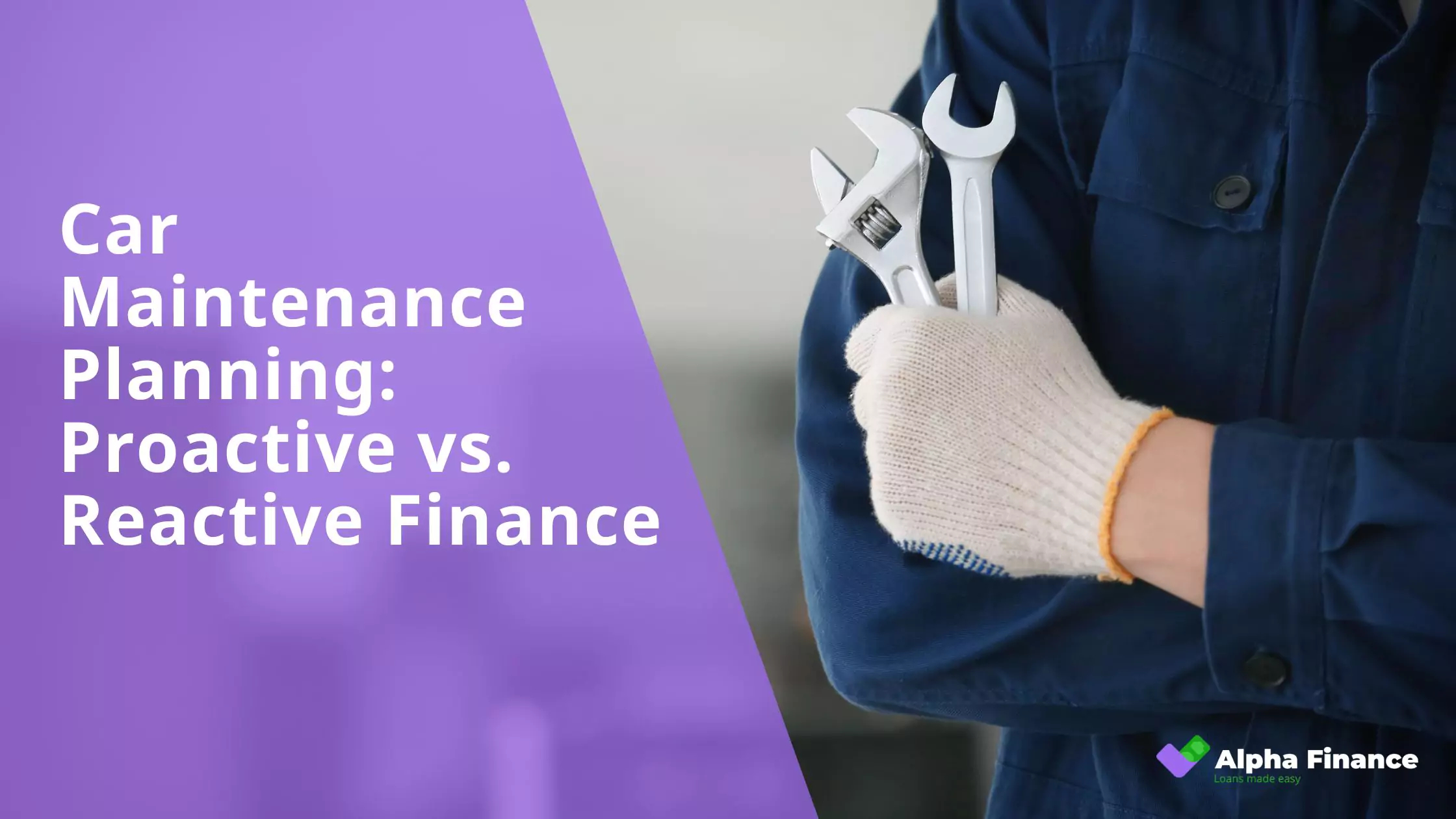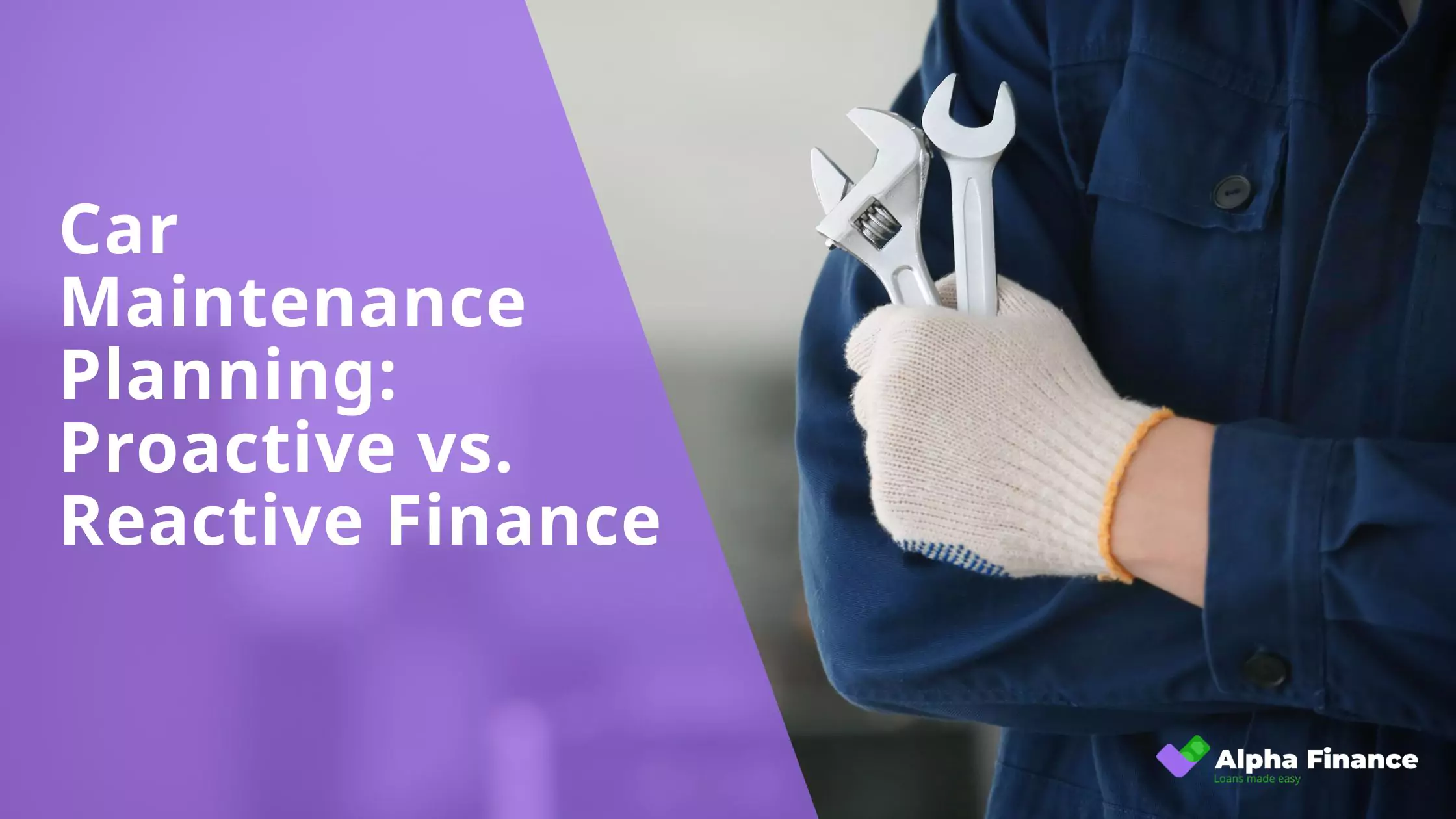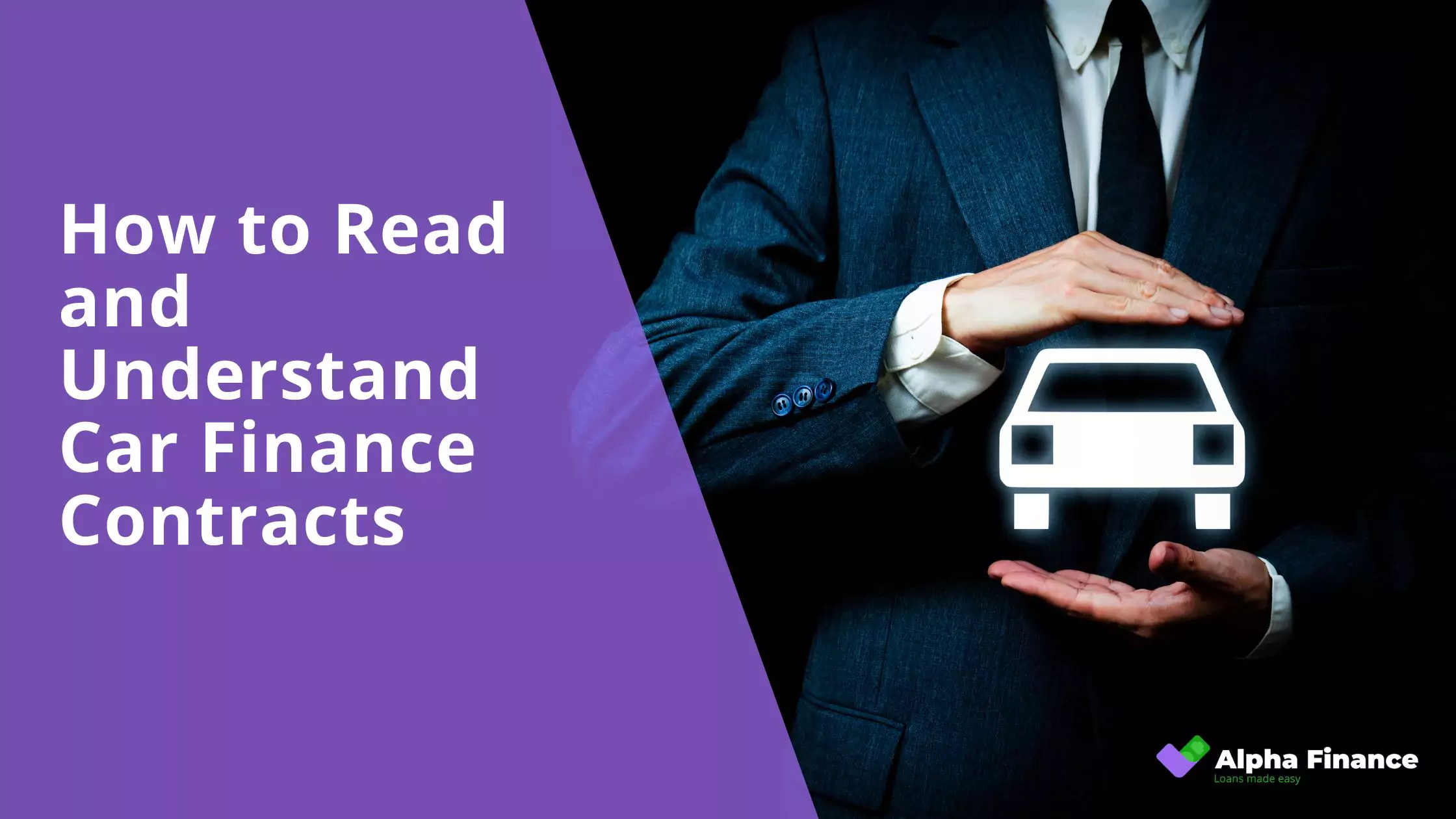When purchasing a vehicle in Australia, deciding on the length of your car loan is a critical step that extends far beyond simply calculating your monthly repayments. The loan term you choose profoundly affects the total amount you ultimately pay for your car and can significantly influence your broader financial well-being over the years. This guide aims to clearly outline the long-term financial implications of selecting different car loan terms, specifically shorter versus longer durations, for Australian car buyers.
Understanding the Basics: Loan Term, Interest, and Repayments
To grasp the impact of loan length, it’s essential to understand these fundamental concepts:
- Loan Term: This refers to the period over which you agree to repay the borrowed amount. Common car loan terms in Australia include 3, 5, and 7 years.
- Interest Rate: This is the cost you incur for borrowing the money, expressed as a percentage of the loan amount. It’s crucial to note that in Australia, interest rates can vary considerably depending on the lender, your individual credit score, and the specific type of car loan you secure.
- Monthly Repayments: These are the fixed sums you are obligated to pay each month to the lender. Each payment comprises a portion of the principal (the original loan amount) and a portion of the interest.
1. Shorter Loan Terms: The Benefits of Speed
-
Lower Total Interest Paid: Imagine you’re looking at a popular Australian Ute priced at $45,000. You secure a car loan with an interest rate of 8% per annum.
- 3-Year Loan (36 months): Your estimated monthly repayment would be around $1,411. Over the 36 months, you would pay a total of approximately $50,796, meaning the total interest paid is about $5,796.
- 5-Year Loan (60 months): With a longer 5-year term, your estimated monthly repayment drops to around $913. However, over the 60 months, you would pay a total of approximately $54,780, resulting in a total interest paid of about $9,780.
As you can see, choosing the shorter 3-year loan saves you approximately $3,984 in interest costs over the life of the loan.
-
Faster Ownership: Continuing with the 3-year loan example, after just 36 months of consistent payments, you would own the Ute outright. Those $1,411 monthly payments would cease, freeing up that amount in your budget for other uses – perhaps contributing more to your mortgage, investing, or saving for a holiday to the Great Barrier Reef. In contrast, with the 5-year loan, you’d still have two more years of payments before achieving full ownership.
-
Potentially Better for Resale Value: If you decide to sell your Ute after four years, having taken the 3-year loan, you would have owned it outright for a year. Any money you receive from the sale would directly benefit you. However, if you had opted for the 5-year loan, you would still be making payments and a portion of the sale price would go towards settling the outstanding loan balance, potentially reducing your net gain.
-
Build Equity Faster: After two years of payments on the 3-year loan, you would have paid off a larger portion of the principal compared to the 5-year loan. This means you have built more equity in the Ute, representing a greater share of its value that you truly own. This can be particularly beneficial if you were to consider refinancing or needed to access funds using the vehicle as security.
2. Shorter Loan Terms: The Trade-Offs
-
Higher Monthly Repayments: As illustrated above, the estimated monthly repayment for the 3-year loan on the $45,000 Ute was around $1,411, significantly higher than the $913 for the 5-year loan. This extra $498 per month could be a substantial burden for many Australian households, potentially impacting their ability to cover other essential expenses or enjoy leisure activities.
-
Less Financial Flexibility: That additional $498 per month going towards the shorter loan leaves less room in your budget for unexpected costs. If your hot water system suddenly needs replacing or you face an unforeseen medical bill, having that extra financial buffer from lower monthly car payments (as with the longer loan) could provide crucial peace of mind and prevent you from needing to take on further debt.
-
May Limit Borrowing Power: When applying for a car loan, lenders in Australia will assess your ability to manage the repayments alongside your other debts and living expenses. The higher $1,411 monthly payment of the 3-year loan on the $45,000 Ute could push your debt-to-income ratio higher, potentially limiting the amount the lender is willing to approve. If you were considering a more expensive vehicle, the shorter loan term might make it unaffordable based on the lender’s assessment of your repayment capacity.
3. Longer Loan Terms: The Appeal of Affordability (Initially)
-
Lower Monthly Repayments: Imagine you’ve set your sights on a brand-new SUV with all the bells and whistles, priced at $60,000. To keep your monthly expenses down, you’re considering different loan terms at an interest rate of 9% per annum.
- 5-Year Loan (60 months): Your estimated monthly repayment would be around $1,245. This might seem quite manageable within your monthly budget.
- 7-Year Loan (84 months): Stretching the loan to 7 years further reduces your estimated monthly payment to approximately $998. This lower figure could make the SUV feel significantly more affordable in the short term, potentially allowing you to allocate more funds to other areas of your life, such as dining out or entertainment.
-
Increased Financial Flexibility (Short-Term): With the 7-year loan on the $60,000 SUV, you’d have around $247 extra in your pocket each month compared to the 5-year loan. Initially, this could provide a greater sense of financial flexibility, allowing you to contribute less to the car payment and potentially allocate those funds towards a holiday fund, home renovations, or even a small investment portfolio. This short-term ease can be particularly appealing when facing other immediate financial demands.
4. Longer Loan Terms: The Significant Long-Term Costs
-
Higher Total Interest Paid: Let’s examine the total interest paid on the $60,000 SUV at 9% per annum over these longer terms:
- 5-Year Loan (60 months): Total interest paid: approximately $14,700.
- 7-Year Loan (84 months): Over the 7-year term, the total interest paid balloons to approximately $23,832.
Choosing the longer 7-year loan, despite the initial appeal of a lower monthly payment, ultimately costs you an additional $9,132 in interest compared to the 5-year loan. That’s a substantial amount of money that could have been used for other significant financial goals.
-
Longer Time in Debt: Committing to a 7-year car loan means you’ll be making payments on this SUV until 2032 (if you purchased it in 2025). This prolonged period of debt can impact your ability to take on other financial commitments, such as a mortgage for a larger home or a loan for further education. It can also delay your progress towards becoming debt-free and achieving greater financial independence.
-
Vehicle Depreciation vs. Loan Balance: Consider that a new SUV can depreciate significantly in the first few years of ownership. After five years, your $60,000 SUV might only be worth around $30,000 – $35,000. If you opted for the 7-year loan, after five years, you would have paid off a portion of the principal, but you could still owe significantly more than the car’s current market value. This “upside down” situation becomes problematic if you need to sell or trade in the SUV unexpectedly due to a change in circumstances. You would need to find a way to cover the difference between your loan balance and the lower resale price.
-
Increased Risk of Outliving the Loan: By the time your 7-year car loan on the SUV is nearing its end in 2032, the vehicle will be quite old, potentially with high mileage and increased maintenance needs. You could find yourself still making payments on an aging vehicle that is no longer as reliable or fuel-efficient as newer models, essentially paying for a depreciating asset that might be costing you more in upkeep.
-
Potential for Higher Overall Cost of Ownership: When you add the initial purchase price of $60,000 to the $23,832 in interest paid over the 7-year loan, the total cost of owning that SUV (just the purchase and financing) amounts to $83,832. In contrast, the 5-year loan results in a total ownership cost of $74,700. This stark difference highlights how the initial affordability of a longer loan term can mask a significantly higher overall expense in the long run.
Strategies for Making Informed Decisions
-
Calculate Total Loan Cost
- Utilise Australian Online Car Loan Calculators: Search for and use reputable car loan calculators specifically designed for the Australian market. These tools allow you to input:
- The total amount you plan to borrow.
- The annual interest rate being offered.
- Various loan terms (e.g., 36, 60, 84 months).
- Compare Total Repayment Amounts: Pay close attention to the total amount you will repay over each loan term. This figure includes both the principal and all the accrued interest.
- Highlight Interest Savings: Note the significant difference in the total interest payable between shorter and longer loan terms. Seeing these numbers clearly can be a powerful motivator for choosing a shorter term.
- Example: A $40,000 loan at 7.5% p.a. might show:
- 3-year term: Total repayment $44,736 (Interest: $4,736)
- 5-year term: Total repayment $49,500 (Interest: $9,500)
- 7-year term: Total repayment $54,456 (Interest: $14,456)
- Utilise Australian Online Car Loan Calculators: Search for and use reputable car loan calculators specifically designed for the Australian market. These tools allow you to input:
-
Aim for the Shortest Affordable Term
- Prioritise Shorter Terms: Generally, aim for the shortest loan term whose monthly repayments comfortably fit within your carefully analysed budget.
- Consider Your Comfort Level: Don’t stretch your budget to its absolute limit. Leave some buffer for unexpected expenses and maintaining your desired lifestyle.
- Reassess Your Budget: If the repayments for a desirable shorter term seem too high, revisit your budget to see if there are any non-essential expenses you could temporarily reduce to make it more manageable.
- Think Long-Term Savings: Remember that the higher monthly payments of a shorter loan are an investment in your future financial freedom from that debt and significant interest savings.
-
Consider a Larger Down Payment
- Explore Savings: Assess your current savings and determine if you can allocate a larger sum as a down payment on the vehicle.
- Trade-In Value: If you have a trade-in vehicle, maximise its value to further reduce the amount you need to finance.
- Impact on Loan Metrics: Understand that a larger down payment directly reduces:
- The total loan amount.
- Your monthly repayments.
- The total interest paid over the loan’s life.
- Example: On a $40,000 car, a $10,000 down payment means you only finance $30,000, leading to proportionally lower repayments and interest.
-
Shop Around for the Best Interest Rates
- Explore Multiple Lenders: Obtain quotes from a variety of financial institutions:
- Major banks (e.g., Commonwealth Bank, ANZ, NAB, Westpac).
- Credit unions (often offer competitive rates).
- Online lenders.
- Dealership financing (compare their rates with external options).
- Compare APR (Annual Percentage Rate): Focus on the APR, as this includes not just the interest rate but also other fees associated with the loan, giving you a true cost of borrowing.
- Negotiate: Don’t be afraid to negotiate the interest rate. Let lenders know you are comparing offers, which can sometimes lead to a better deal.
- Consider Your Credit Score: Understand that your credit score significantly impacts the interest rates you’ll be offered. Ensure your credit report is accurate and address any negative marks before applying for a loan.
- Explore Multiple Lenders: Obtain quotes from a variety of financial institutions:
-
Refinancing Options
- Monitor Your Financial Situation: As your income potentially increases or your other debts decrease over time, periodically reassess your ability to handle higher car loan repayments.
- Explore Refinancing: If your financial situation improves, investigate the possibility of refinancing your existing car loan to a shorter term with potentially a lower interest rate.
- Consider Refinancing Fees: Be aware of any fees associated with refinancing your current loan and weigh these against the potential interest savings.
- Benefits of Refinancing: Refinancing to a shorter term can accelerate your debt payoff and reduce the total interest you pay, aligning your car loan with your improved financial capacity.
Considering Your Financial Situation
-
Budget Analysis: Before committing to a car loan term, conduct a thorough analysis of your current monthly budget. Carefully assess your income, regular expenses (rent/mortgage, utilities, groceries, existing debts), and discretionary spending. Determine the absolute maximum you can comfortably afford for car repayments each month without jeopardising your ability to meet other essential financial obligations or make progress towards your financial goals. Be realistic and factor in potential fluctuations in your income or expenses.
-
Long-Term Financial Goals: Take a moment to consider your significant long-term financial aspirations. Are you saving for a deposit on a home in Sydney or Melbourne? Planning for your retirement? Funding your children’s education? Understand how committing to a longer car loan, with its extended repayment period and higher total interest, might potentially delay or impact your ability to achieve these crucial milestones. A shorter loan, while initially more demanding on your monthly budget, can free up funds sooner to contribute to these longer-term plans.
-
Emergency Fund: The importance of having a robust emergency fund cannot be overstated, especially when considering car loan terms. An emergency fund acts as a financial safety net for unexpected expenses (car repairs, job loss, medical bills). If you opt for a shorter loan term with higher monthly repayments, having a healthy emergency fund becomes even more critical to cushion your finances against unforeseen events without having to incur further debt. Aim for at least 3-6 months’ worth of living expenses in your emergency fund.
-
Future Income Stability: Carefully consider your current job security and any potential changes in your income that you foresee over the duration of the loan term. If your income is stable and projected to increase, you might be more comfortable with the higher repayments of a shorter loan. However, if your income is less certain, or you anticipate potential periods of reduced income, the lower monthly payments of a longer loan might provide a more comfortable buffer, even if it costs more in the long run.
Conclusion
In Australia, the decision regarding your car loan term carries significant long-term financial implications that extend far beyond the initial appeal of manageable monthly repayments. As we’ve explored, there’s a crucial trade-off between the allure of lower monthly payments offered by longer loan terms and the substantially higher total cost of the vehicle due to accrued interest over that extended period. To make a financially sound decision, Australian car buyers must carefully and honestly assess their current financial situation, diligently consider their long-term financial goals, and weigh the pros and cons of different loan durations. Taking the time to understand these factors will empower you to choose a loan term that aligns with your overall financial well-being. If you feel unsure or overwhelmed by the options, seeking advice from a qualified financial advisor can provide valuable guidance tailored to your specific circumstances.
Alpha Finance: Your Australian Car Loan Experts
Navigating the complexities of car loans and choosing the right term for your financial future can feel daunting. At Alpha Finance, we understand the unique needs of Australian car buyers and are dedicated to providing expert guidance and tailored car loan solutions. Our experienced team can help you understand the intricacies of loan terms, compare interest rates, and find a financing option that aligns with your budget and long-term financial goals. Take the first step towards a financially sound car ownership journey – contact Alpha Finance today for personalised advice and to explore your car loan options in Australia.




